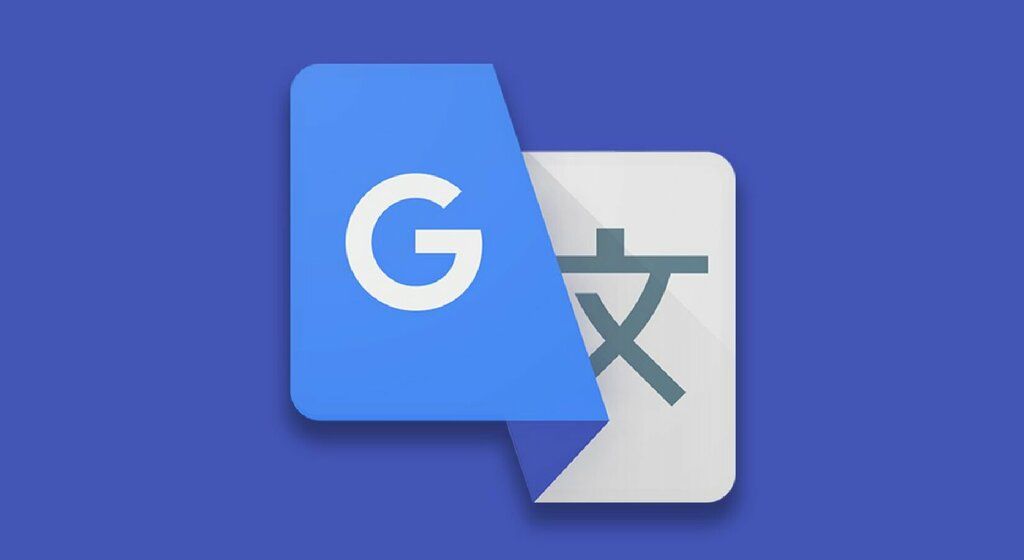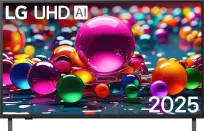
Google is testing something that could introduce a small revolution in one of the most commonly used applications in the world. In the latest version of the Translator, there is a translation model switch – with options for “advanced” and “fast”. It sounds unassuming, but it's practically the first step towards personalized translations tailored to… Gemini.
Two modes, two worlds of translations
The new slider can be found under the Google Translator logo, right at the top of the screen. It is set by default to the “advanced” mode, which according to the description is supposed to offer better translations, but only for selected languages and – for now – for written text. However, by tapping it, you can switch to the “quick” model, which presumably consumes fewer resources and works more efficiently in offline mode or with a weaker connection.
This solution is reminiscent of the model selection in the ChooseTV application, where the user can choose whether they prefer a more powerful model (Gemini 1.5 Pro) or a lighter one (Gemini 1.5 Flash).
For now, only for a part of the users
The new feature is appearing on iOS, but – as is usually the case with Google – the rollout is staged. Android users will have to be patient. The feature may appear remotely, server-side, without the need to update the app. For now, there is no information on whether the "advanced" mode will be linked to the paid offer of Google AI Pro. The portal 9to5Google suggests that it might be the case, since similar solutions are already being tested in other apps of the company. Google is officially silent – at least for now.
Gemini delves deeper into the Translator
Already in August, the company reported that the integration of Gemini models significantly improved translation quality. A month later, widgets in Control Center appeared on iOS – for quickly launching the camera, dictating, or conversing in translator mode. Everything indicates that Google is moving towards full unification of its language and AI tools. So if the advanced Translator mode indeed turns out to be based on Gemini, we can expect translations to be more contextual, precise, and natural than ever before.
What’s next?
At this moment, the “advanced” mode only works for text translation and only in selected languages. But Google is unlikely to make such changes without a plan. We can expect that in future updates, the option will also include conversation mode, camera, and real-time translation. Is this the beginning of a new era in Google Translator – with AI at full throttle? Everything suggests so.
For now, however, we will have to wait until the “advanced / quick” switch appears for all Android users.
 Katarzyna Petru
Katarzyna Petru












